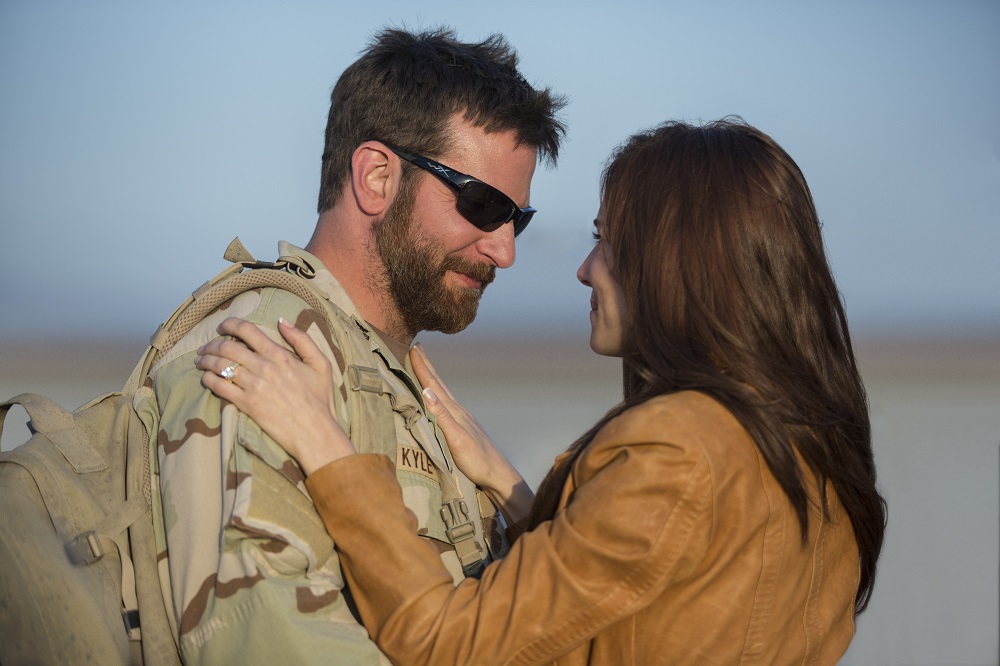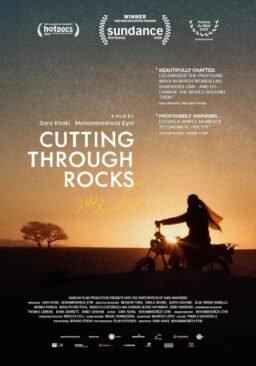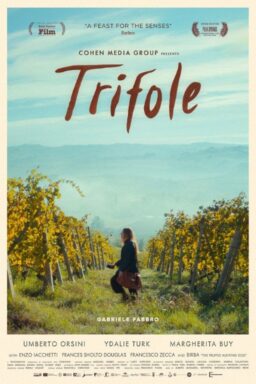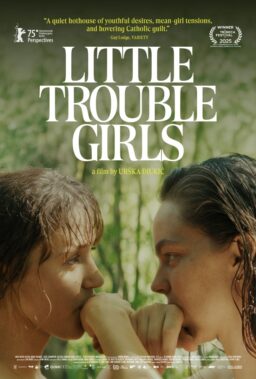Sienna Miller is noticeably changing the arc of her career.
After doing the best work of her life so far in HBO’s excellent “The Girl,” she
switched focus, taking smaller parts in bigger films like Bennett Miller’s “Foxcatcher”
and Clint Eastwood’s “American Sniper,” opening Christmas Day. Starring
opposite a nearly unrecognizable Bradley Cooper, Miller plays Taya Kyle, the
wife of the most accomplished sniper in the history of the U.S. Navy. Miller
recently sat down with us in Chicago, and she’s just as delightful and clever as
one would expect, recognizing that she’s right in the middle of a major chapter
of her career.
How is your artistic
process different when you’re playing a real person?
SIENNA MILLER: Obviously, there’s source material to
investigate, which is really useful. In this case, I got to spend time with
Taya Kyle, who I play, which proved invaluable. A lot of the scenes were real
things that happened and I could talk to her about things that happened at the
time. For the first of the film [in which she meets Chris at a bar], I knew she
was in a bad mood. I think it’s an interesting way to introduce the character.
To meet someone in that frame of mind and do a 180 is really lovely, and an
interesting introduction. It’s just useful. Also, you feel an immense sense of
responsibility because this person will eventually see you playing them and
that’s terrifying.
In terms of films
based on true stories, where do you fall on the debate between creative license
and responsibility to what “really happened”?
With something like this, I try as much as possible to be
true to the story. Ultimately, to make a film you’re condensing years into two
hours. So there are going to be compromises and sacrifices along the way. Also,
it’s Chris’ film. She’s an important, rounding part of it, but her role and her
purpose is to represent the home. Something that I really wanted to get across
and I hope we achieved it was how much they really loved each other. There’s a
90% divorce rate among Navy SEALS. It’s really hard to sustain a relationship
in that environment. And they managed. So I hope there are parts of it that are
a testament to their love and that relationship.

So you say you really
wanted to get that across—how do you do that? How do you focus on that? Do you
have a lot of personal time with Bradley to develop that believable chemistry?
Clint doesn’t rehearse. (Laughs.) Yeah, so that was really
daunting. Luckily, Bradley and I instantly got along very well. I think both of
us have the same kind of working process. We spent a lot of time on Skype
before I got to LA to start shooting. He’s incredibly open, and I’m quite open
as well. Somehow, it aligned and it worked. We trusted each other instantly,
creatively, and so it felt very organic.
There’s a lot of
stuff that has to be read between the lines in the scenes you share with
Bradley because the story takes place over SO many years. Did you two try to
fill any of the gaps—the relationship beats we just didn’t have time to see in
the film to enhance the realism of what we DO see?
We didn’t have conversations like that because I think we
were both familiar enough with the story and where Chris was on the tours and
the timeline…to be honest, it didn’t particularly change. Every single day, she
was dealing with the worry over whether or not he’d survive. And then when he
was home, he was wracked with guilt over the lives that he could potentially be
saving and wasn’t because he was at home. Wherever they were at in their
relationship, the problems were the same. I just tried to kind of respond to
what I was seeing.
A lot has been
written about Clint’s process—few takes, no rehearsals, quick shoots. How did
you take to it? Was it difficult to adjust?
I prepared myself for it psychologically before. (Laughs.) I
had spoken to a couple of friends who had made films with him, and so I knew
what to expect. You just have to make sure that you show up with whatever it is
that you’re supposed to do. At the same, he’s completely malleable. If you
haven’t gotten something, we will find it. It’s not AS rigid as I think it
sounds. He was so invested in this story, if I had asked for five [takes], I
would have gotten them. We all were searching for the same goal—to make the
best film we could.

Do you still have any
awe as in “That’s Clint Eastwood, Living
Legend,” at least on the first day?
(Laughs). Every single day. Every single day. I would turn
up and see Clint Eastwood and it was amazing. It still doesn’t really feel
real. It was so fast. He’s an icon of cinema that I grew up loving, and his
films I’ve loved. To turn up every day and see that man…I still can’t quite
believe it’s happened.
What does Bradley
bring to this part that other actors wouldn’t?
He’s different in that there’s not one hint of hierarchy or
ego. Sometimes you’re aware of a sense of where you lie in the pecking order.
He’s a huge movie star and this was his project, but he’s so instantly warm and
embracing. He’s a real team player. There’s no seclusion. He’s really a regular
guy from Philly who can’t believe he’s doing this. There’s something so
charming about that. He’s so brilliant. I met Chris Kyle before I met Bradley
because he was pretty much in character the whole time and he didn’t look
anything like the Bradley Cooper I had imagined. He was 40 pounds heavier and
speaking in a thick Texan drawl.
All the time?
All the time. It made sense. He really wanted to do it
justice.
Did you speak to
wives of vets with PTSD? What kind of research did you do?
I spoke to Taya—although that’s not something that we really
acknowledge in the film [the arguable PTSD of Chris]—and I definitely got the
sense from her that Chris had done things that they were struggling with. And
there are a lot of documentaries on PTSD that I did also watch. Again, Clint
doesn’t particularly encourage that. While I tend to be somebody who researches
in great depth, I wanted to be respectful of his way of making the film, which
is to not worry about it. Don’t go too far. Be very present.
He openly says that—that
he wants more in the moment than heavily researched?
Exactly. Yeah.
But you’re generally
a back story actress?
Yeah, I really enjoy that process. When I read a script, if
it’s something I respond to, wherever I go [in terms of research], I’ll often
come back to the way I first read it in my head. So, Clint was a perfect
director for me. I think I do act upon instinct. Otherwise, it’s just too
complicated. I’m definitely not a technically perfect actor. But I do enjoy a
bit of research. I remember reading about “Million Dollar Baby,” and him not
even encouraging her to learn how to box. That wasn’t even important to him.

What was your great
takeaway from this filmmaking experience? What did you learn?
Specifically, I have a much greater understanding of what it’s
like to be with someone who is with someone in the military. I have a greater
understanding of what combat is like; dealing with PTSD. Wives and husbands
left behind. You learn an awful lot from working with someone like Bradley, who’s
so committed and dedicated. And also that maybe I can be a little bit anxious
and overthink things.
That’s interesting.
Is that something you’ll carry to your next work—more instinctive approach?
I think so. Everything in life has an impact. I became a
mother and that changed me. We are the sum of our experiences. And this was a
great experience. And that has made me more enthusiastic about what I do.
How important is it
at this phase in your career to be mindful of who you work with? Going from “Foxcatcher” to this, you seem to be
really picking parts that are going to surround you with talented people. Are you
at a phase where that might be more important than anything else?
YES. You’ve really hit the nail on the head.
Why is that? How did
you reach that place?
When I started, I was really drawn to the role. I had a
strong idea of the characters I found interesting. And I was really proud of
some of the work I did but it was often in the hands of other people and the
end product was disappointing. And you give so much and it’s not how you
imagined it would be. I have a real sense of how I like to work, but I did consciously
realize it’s not about the size of the role or the character as much as I want
to be on the set with those people—to learn from those great directors: Bennett
Miller, Clint Eastwood, and I’m about to work with James Gray and Ben Affleck.
These are the best filmmakers in the world. Being around them, even in a small
part, you absorb some of that brilliance. Also, to be a part of that energy
that creates a film like “Foxcatcher” or “American Sniper,” brilliant films, I
would make the tea on those sets.
If someone like Clint
or Ben Affleck say “I have a part for you but it’s a very small part,” do you
even need to read the script?
No. No, no, no. (Laughs.) It’s funny. Often you’re encouraged not to do the supporting roles. I have no qualms. I did “Black Mass” with
Johnny Depp, a Scott Cooper movie, and I had four scenes. “This is not a female
film, but do you want to come speak like you’re from Boston, work with Johnny
Depp on a Scott Cooper movie for two weeks?” YES. Of course, I do. I had no
qualms about it. I do this job because I love the experience of being on a set.
I love making films. The more people I can be around, the more experiences I
can have, the better, the happier I am.












